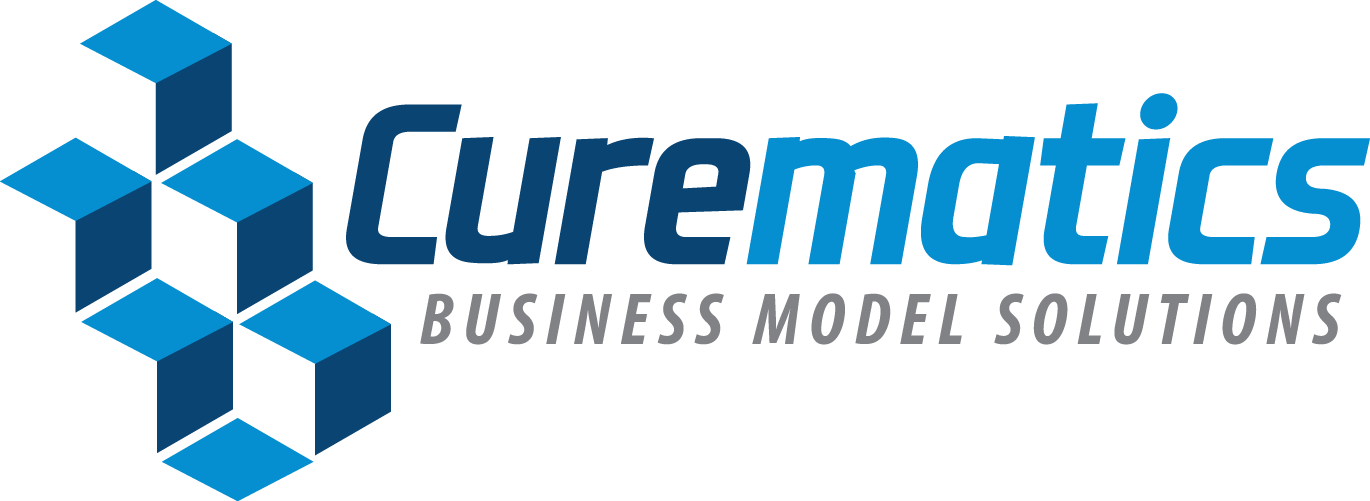Google Trends Changes:Implications and Opportunities for Business Models
Google Trends Changes: Implications and Opportunities for Business Models
On October 29, 2024, Google will discontinue Google Trends email notifications and existing alerts. This shift means businesses will no longer receive automatic trend updates via email, requiring them to explore alternative ways to stay updated. While this change may seem disruptive, it presents an opportunity for companies to rethink their approach to trend analysis and integrate trend monitoring into their business model solutions more effectively.
For Curematics, this change highlights the importance of agility and data-driven decision-making. By understanding how to adapt to this shift, businesses can optimize operations and identify new ways to leverage market trends. Below, we’ll explore the business model implications of this change and recommend actionable solutions to maintain competitive insight.
How Do These Changes Impact Business Models?
Businesses rely on trends to make informed decisions about product development, marketing campaigns, and competitive positioning. The removal of Google Trends notifications may affect the following:
- Operational Decision-Making:
Automated trend alerts enabled timely responses to shifts in consumer interest. Without these alerts, businesses will need to implement alternative processes for trend tracking. - Competitive Intelligence:
Trends are often the foundation for predictive analytics. Without alerts, companies may struggle to anticipate market changes, impacting forecasting models. - Marketing and Product Strategy:
Trend data informs seasonal promotions, content creation, and product launches. A lack of trend notifications might slow decision cycles, requiring proactive strategies for real-time insights.
Business Model Solutions: Adapting to the Google Trends Change
To overcome the limitations introduced by the discontinuation of Google Trends notifications, companies must integrate trend analysis directly into their operational and business models. Here are key recommendations:
1. Leverage RSS Feeds for Automated Monitoring
Businesses can automate trend monitoring by subscribing to Google Trends RSS feeds. RSS feeds enable:
- Real-time insights without manual intervention.
- Seamless integration into dashboards or business intelligence (BI) platforms.
Solution Tip:
Curematics can help businesses build automation tools that pull RSS data into custom dashboards, providing a centralized hub for trend analysis.
2. Adopt Trend Forecasting Tools and SaaS Integrations
Businesses can use third-party trend forecasting platforms such as Exploding Topics or integrate Google Trends data into CRM and analytics tools. These solutions offer:
- Advanced predictive analytics to anticipate market changes.
- Integration with existing SaaS tools for seamless workflows.
Solution Tip:
Curematics can advise companies on integrating trend data with CRM systems, enabling real-time decisions based on evolving trends.
3. Develop Internal Market Intelligence Processes
Without automatic email alerts, businesses should establish internal workflows for trend tracking. Key steps include:
- Assigning team roles responsible for monitoring Google Trends or RSS feeds.
- Scheduling weekly or monthly insights reports to keep leadership teams informed of major shifts.
Solution Tip:
Curematics can provide consulting services to develop agile market intelligence processes, ensuring businesses maintain a pulse on changing trends.
4. Focus on Predictive Business Models
Trend data plays a critical role in predictive business models. Curematics can assist businesses in developing:
- Predictive product roadmaps that align with emerging trends.
- Dynamic marketing campaigns based on forecasted customer behavior.
Example: A fashion company could analyze trends on the RSS feed and adjust product offerings for an upcoming season.
Agility as a Business Model Imperative
The removal of Google Trends notifications reinforces the importance of agility in business models. Companies must shift from passive reliance on alerts to proactively monitoring and analyzing trends. An agile business model allows organizations to:
- Respond faster to market signals by incorporating real-time data streams.
- Pivot marketing campaigns or adjust product development strategies based on evolving customer interests.
- Build resilience by using multiple sources of trend data rather than relying on a single platform.
Turning Change into Opportunity
The end of Google Trends email notifications presents an opportunity for companies to rethink trend monitoring and enhance business model solutions. Curematics encourages businesses to embrace proactive strategies that leverage RSS feeds, SaaS integrations, and predictive analytics to stay ahead of market shifts.
By embedding trend monitoring into core business processes, companies can ensure they remain competitive and responsive in a rapidly changing market. This transition is a chance to build more agile, data-driven business models—transforming what could have been a disruption into a growth opportunity.











